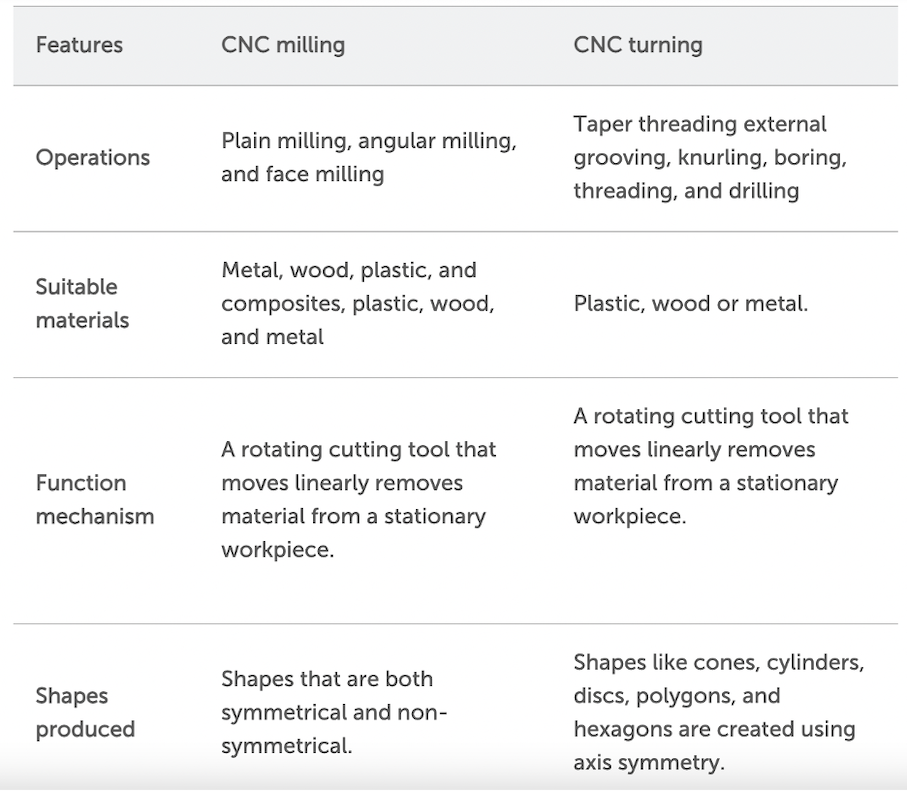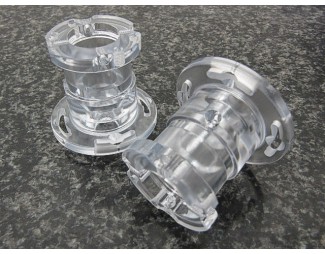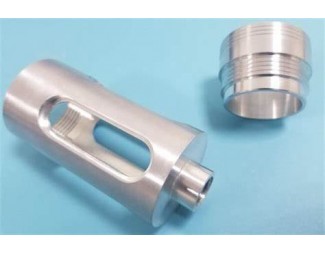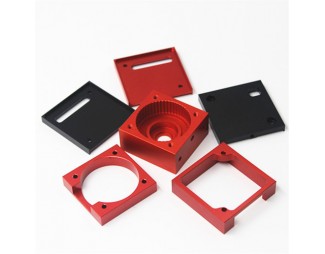What are the different CNC Milling from CNC Turning ?
The movement of the part and the cutting tool is the essential distinction between CNC milling and CNC turning. The workpiece spins or rotates at a predetermined speed in CNC turning processes while the cutter remains stationary. CNC milling, on the other hand, entails keeping the workpiece in place while the cutting tool spins around it to remove extra material.
To put it briefly, this variance in cutting tool or workpiece movement reflects the disparities in dimensions and forms that each machining method is best suited to produce. Here are other notable differences between CNC turning and milling.

What Are the Advantages of CNC Milling?
CNC mills provide several benefits to manufacturers and prototype firms. Mills, as opposed to lathes, are versatile equipment capable of producing a variety of shapes. Furthermore, different cutting tools can be employed for various processes like roughing and end-milling.
Mills are essential for post-machining even though they are production machinery CNC in their own right. They can, for example, be used to add details to turned, molded, or 3D-printed parts.
CNC milling is also fast, repeatable, and economical in low volumes, partly due to the lack of tooling. As a result, it can be found among manufacturing and Rapid Prototyping services.
What Are the Advantages of CNC Turning?
The capacity to produce round profiles is the most significant advantage of CNC turning. It is far more difficult to attain precise roundness when using other CNC machining services, such as CNC milling or routing.
CNC turning is also incredibly exact, making it a vital technique for boring holes with precise dimensions and defined tolerances.
CNC milling and CNC turning can be coupled to reap the benefits of both techniques. In most situations, CNC turning is performed first, allowing the machinist to mill additional (asymmetrical) details on the workpiece.
If you have any prototyping project please feel free to contact: enquiry@abcrapid.com.
Search
Recent Post













